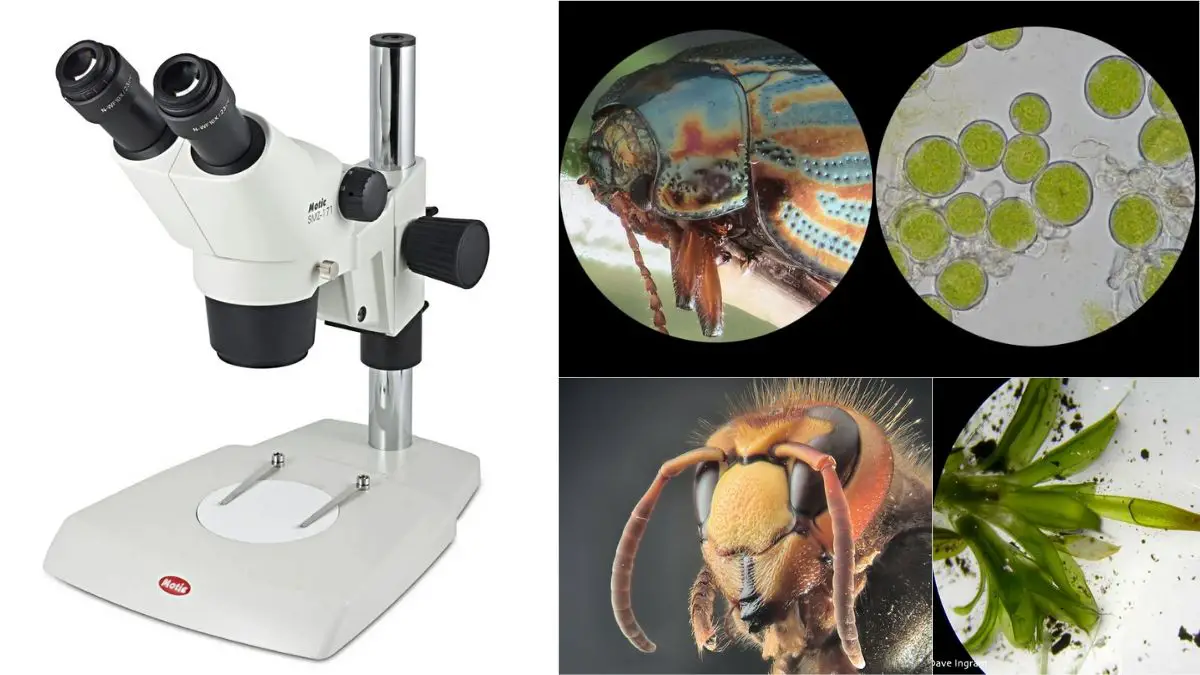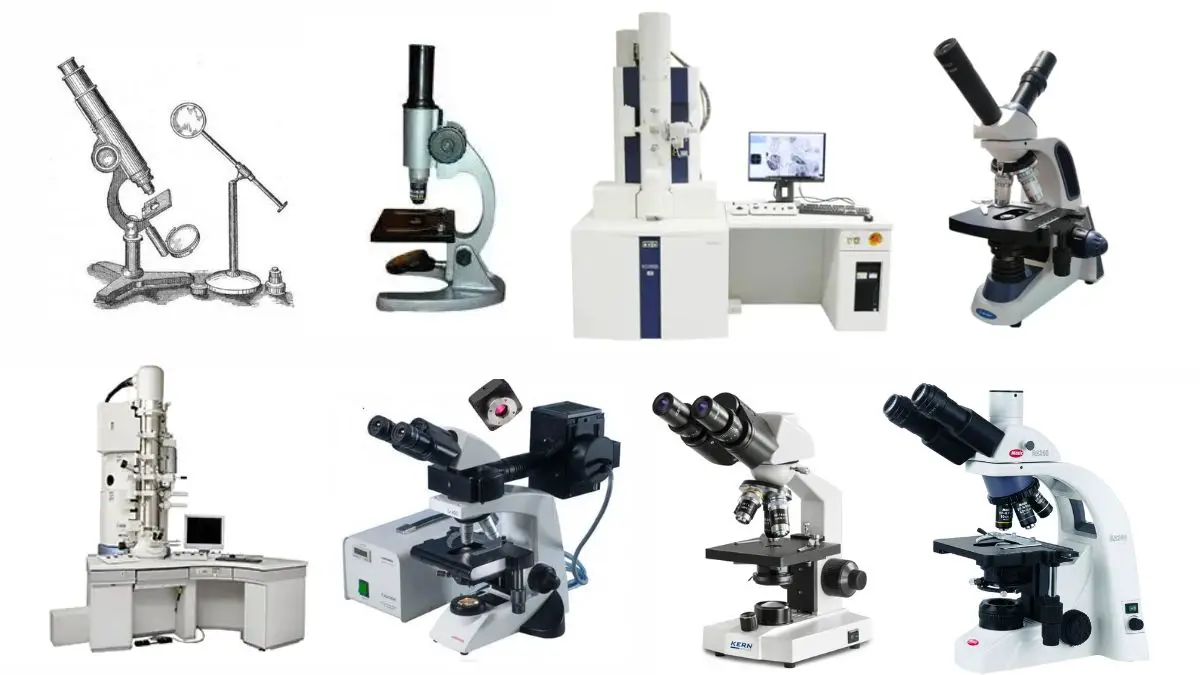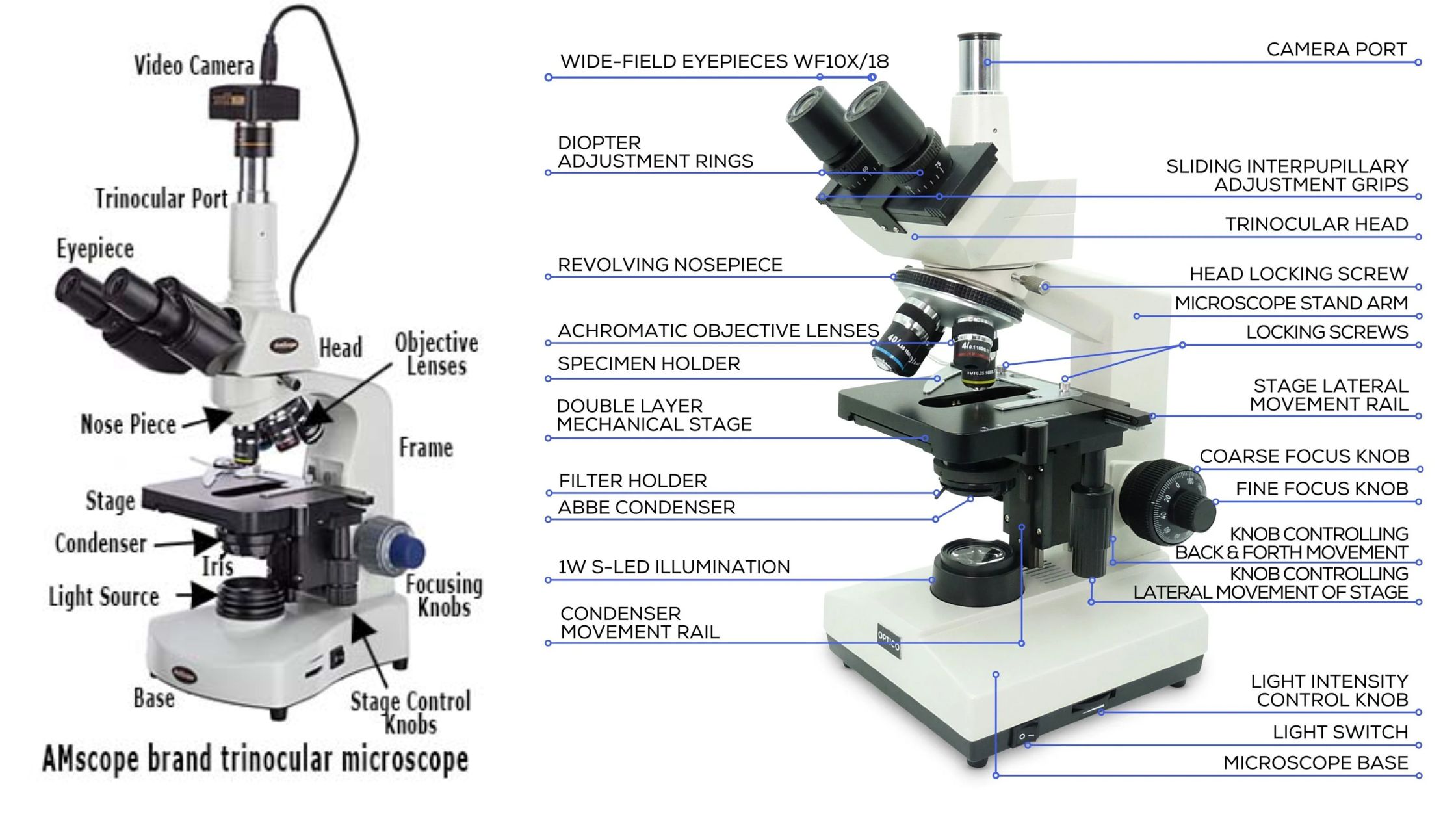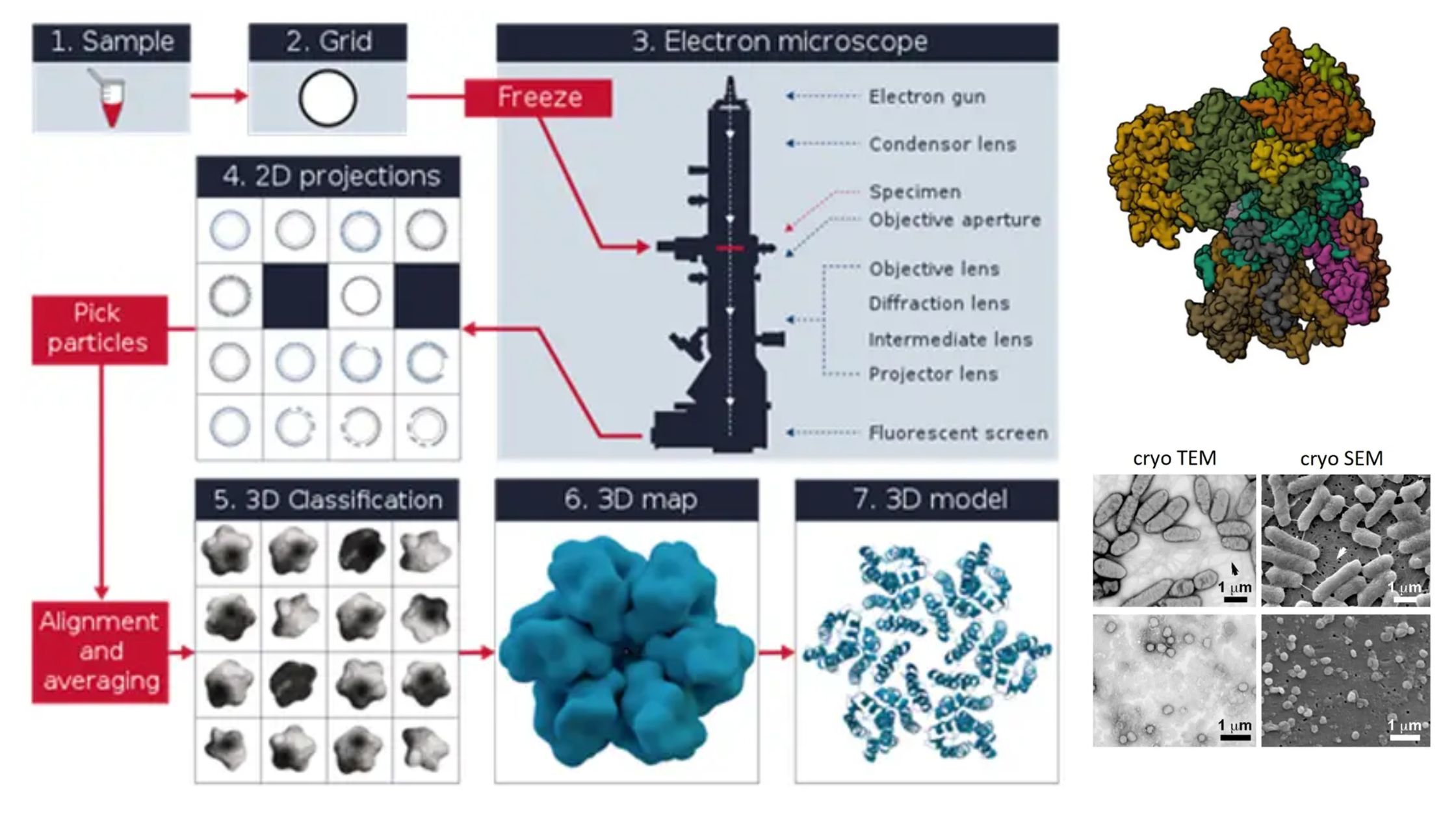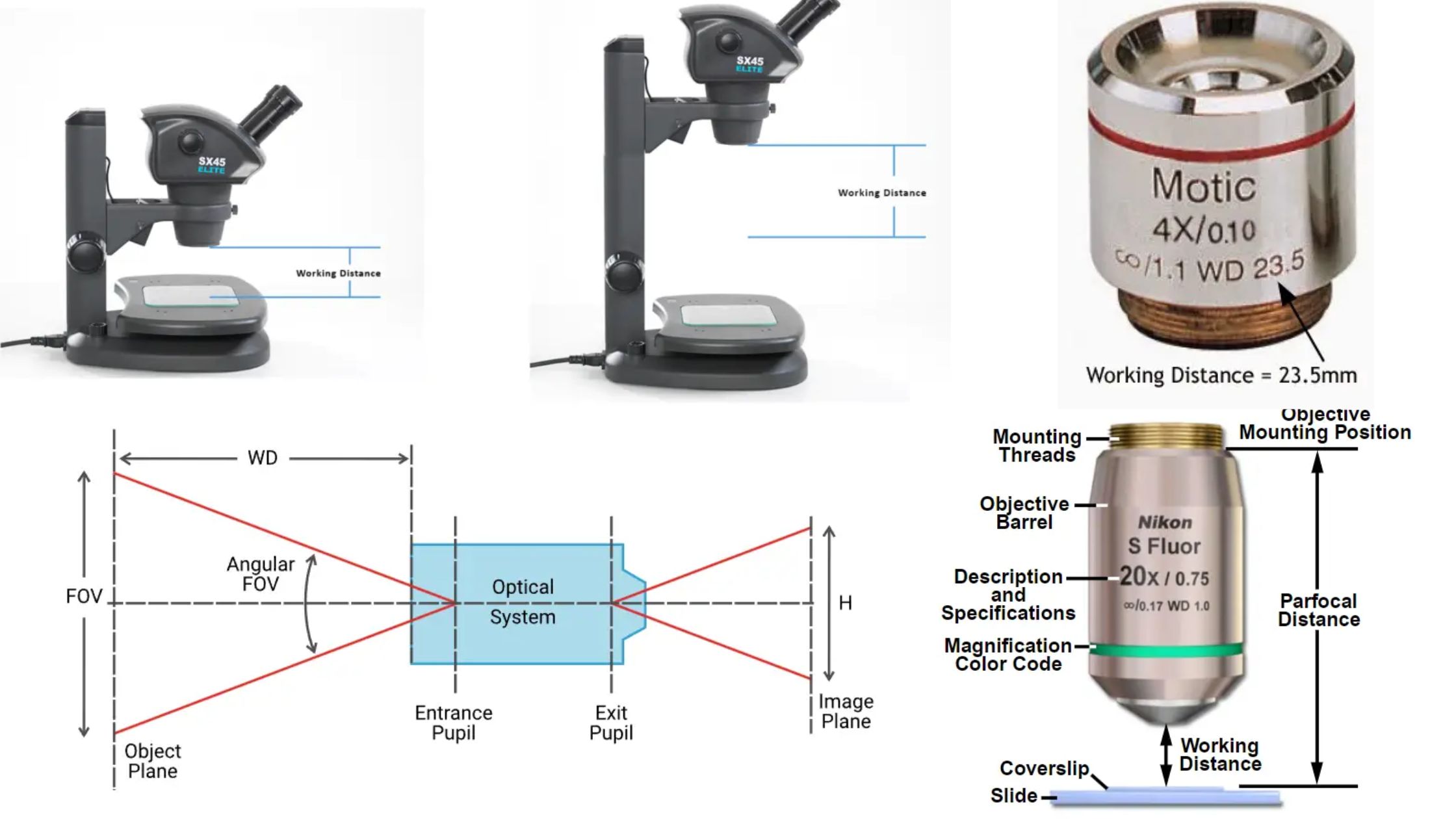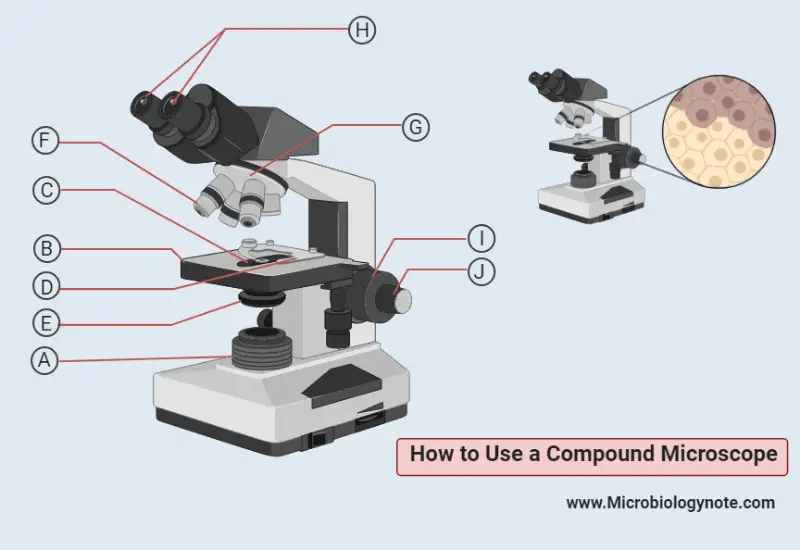Dissecting Microscope (Stereo Microscope) – Principle, Parts, Procedure
What is a Dissecting microscope or a Stereo microscope? A dissecting microscope—also known as a stereo microscope—is an optical microscope study apparatus that enables the observation of an object at low to moderate magnification (typically 5x to 250x) through reflective light versus transmitted light. Thus, it’s a microscope made for viewing little details that could … Read more
